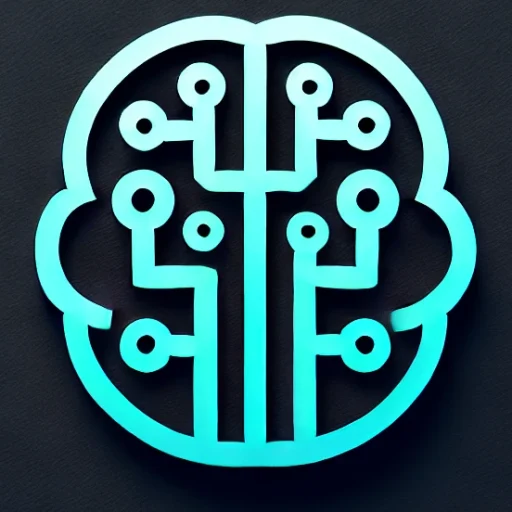
The Dawn of Generative AI
The landscape of artificial intelligence is undergoing a seismic shift with the advent of generative AI. Unlike traditional AI models that primarily focus on recognizing patterns and analyzing data, generative AI is designed to create new content. This innovative approach has the potential to transform industries, elevate creativity, and redefine human-AI collaboration. As we navigate this new frontier, exploring the significance, applications, and challenges of generative AI is crucial.
Key Insights & Latest Advancements
Generative AI, powered by advanced machine learning techniques such as Generative Adversarial Networks (GANs) and Large Language Models (LLMs), has made significant strides in recent years. Notable advancements include OpenAI’s GPT-4, Google’s BERT, and various deep learning algorithms that have broadened the horizons of generative capabilities. These models are not just tools for generating text but also extend to images, music, code, and even complex simulations.
The development of AI models that can mimic human-like creativity, understand context, and produce high-quality, coherent content has catalyzed a wave of innovation across multiple sectors. The ability of these models to efficiently generate diverse content types—from artwork to fully functional software—showcases their versatility and adaptive learning potential.
Real-World Applications
Generative AI’s impact is palpable across various domains:
-
Creative Industries: Artists and designers are leveraging AI to co-create artworks, videos, and music. AI-driven platforms are offering new tools that enhance creativity and streamline the production process.
-
Healthcare: In medical fields, generative AI is aiding in drug discovery and the development of personalized treatment plans by simulating complex biological processes.
-
Finance: Financial institutions utilize AI to predict market trends, automate trading, and even generate potential investment strategies based on historical data analysis.
-
Entertainment and Media: AI is creating scripts, producing digital avatars, and personalizing content to cater to diverse audience preferences, thereby enhancing user engagement.
Challenges & Future Outlook
Despite its potential, generative AI poses several challenges. Ethical concerns arise regarding content authenticity, intellectual property, and the potential misuse of AI-generated false information. Additionally, the computational resources required to train these models are immense, raising questions about sustainability and accessibility.
However, the future of generative AI looks promising. Continuous advancements are expected to refine AI’s creativity and autonomy, while ongoing research into ethical AI aims to mitigate associated risks. Integrating human oversight into AI operations will be crucial in ensuring responsible and beneficial AI deployment.
Conclusion
Generative AI stands at the forefront of technological innovation, poised to revolutionize how we create, interact, and solve complex problems. As these models evolve, they promise to enhance productivity, foster creativity, and drive economic growth. By addressing the accompanying ethical and practical challenges, we can harness the full potential of generative AI for a future where technology and creativity seamlessly coexist.
Embracing the capabilities of generative AI with vigilance and responsibility will be key to unlocking its transformative power, ensuring it serves as a force for positive change in society.

